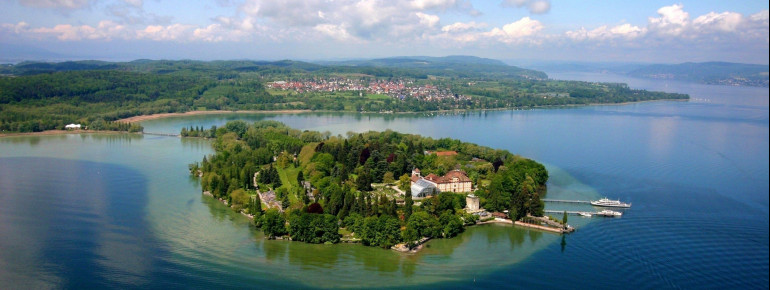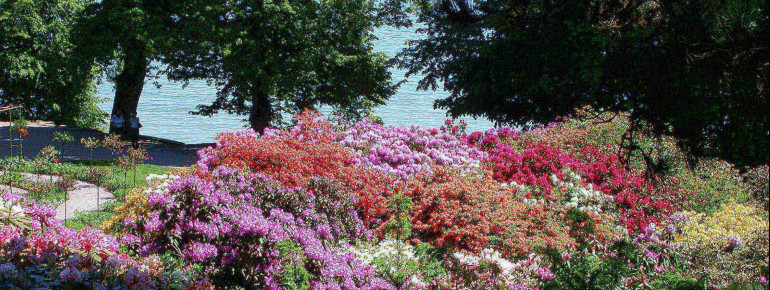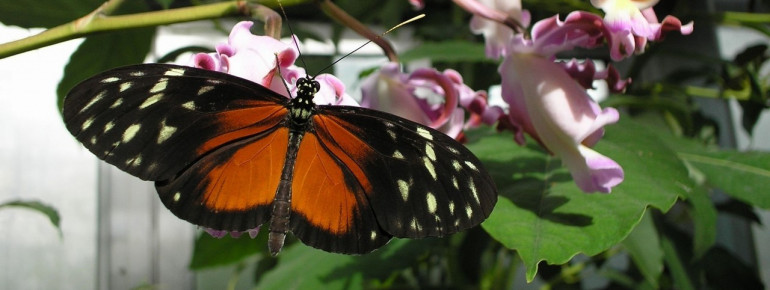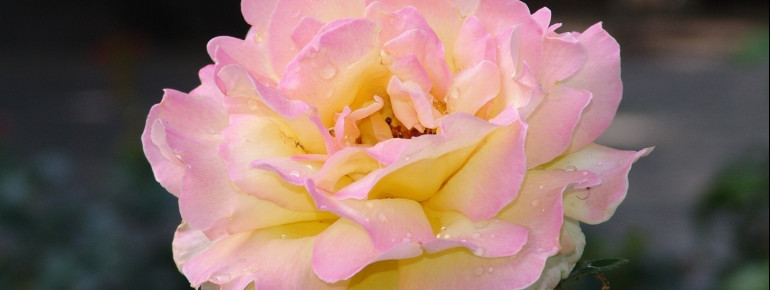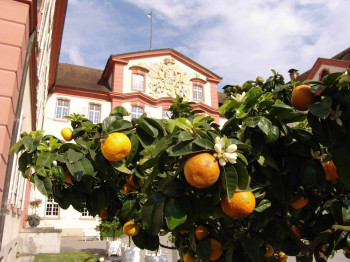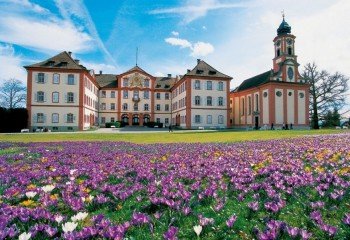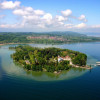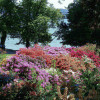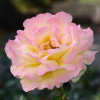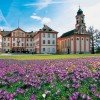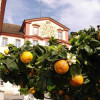Contents
Description
Mainau, a place also aptly known as the “flower island”, draws some 1.2 million visitors to its shores every year. This unique and floral island exudes a distinctively Mediterranean charm, with an extensive collection of citrus plants and palm trees complementing the flowers and scores of old trees in the arboretum.
The scent of citrus and palm
The first citrus fruits made it onto the island as far back as 1866. Nowadays, the collection encompasses some 50 different varieties originally sourced from the gardens of the ruling Italian families (including the Medicis). Visitors can admire the citrus plants from May until mid-September in the palace’s Schlosshof.
The most impressive palm tree on the island is a Canary Island date palm, clocking in at no less than 14.61 metres in height. In 1998, a new palm house was built to house palm trees from all over the globe, and visitors can also enjoy the sight of hemp plants, date palms and dwarf palms here alongside more exotic specimens such as the South American butia tree.
The butterfly house
The island’s butterfly house was built in 1996 and is one of the largest of its kind in Germany – boasting around 80 different butterfly species from all over the globe. Visitors will find themselves whisked into a tropical oasis on entering, with the interior enjoying an ambient temperature of 26°C and humidity of 80%. The area surrounding the butterfly house has also been designed to attract domestic butterfly species, so don’t be surprised if you spot some colourful specimens outside the building too.
A great destination for kids
Mainau is also an ideal destination for families, as there’s plenty to keep kids occupied here. The playgrounds “Blumis Uferwelt” and “Zwergendorf” are both lovingly designed and the ideal place for little ones to let off some steam. “Kinderland” is also home to an aquatic play area inspired by the Lake Constance region itself. Here, houses and small towers are connected to each other in various different ways, so that children have to climb over suspension bridges and walkways to move from structure to structure. In the magic garden, narrow paths wind between wickerwork arches and bamboo thickets. You might even discover some talking plants in this magical place if you’re lucky. To round out the offering for youngsters, the island also boasts its own farmyard with petting zoo.
Buildings steeped in history
The palace and neighbouring church are the beating heart of the island, with a sea of flowers extending in all directions around them. The palace of the German Order was built between 1739 and 1746, and its parkland was designed symmetrically and offers great views of the mainland. One part of the palace, including the heraldic hall, is open to the public. The white hall forms the centrepiece of the palace, though this is only opened for special occasions.
Historical Information
The great-grandson of Duke Frederick I. of Baden, Count Lennart Bernadotte, first took steps to make the palace park a paradise for flowers and plants, and opened up Mainau to the general public. Since 1974, the island has belonged to Mainau GmbH, the main shareholder of which is the Lennart-Bernadotte-Stiftung. Today, the family-owned company is headed by Countess Bettina Bernadotte and her brother Count Björn Bernadotte.
How to get there
Please note that visitors cannot access the island by car or bike! There is a car park on the mainland which links to the island via a pedestrian bridge. Alternatively, visitors can take the island bus.
By car: If you’re travelling by car, take the A81 to Konstanz and then follow signs for Mainau.
By rail: Rail passengers can alight at the stations in Konstanz, Freidrichshafen or Überlingen and then take the ferry over to Mainau. Deutsche Bahn offers a combined ticket covering rail travel, boat and admission to the island.

